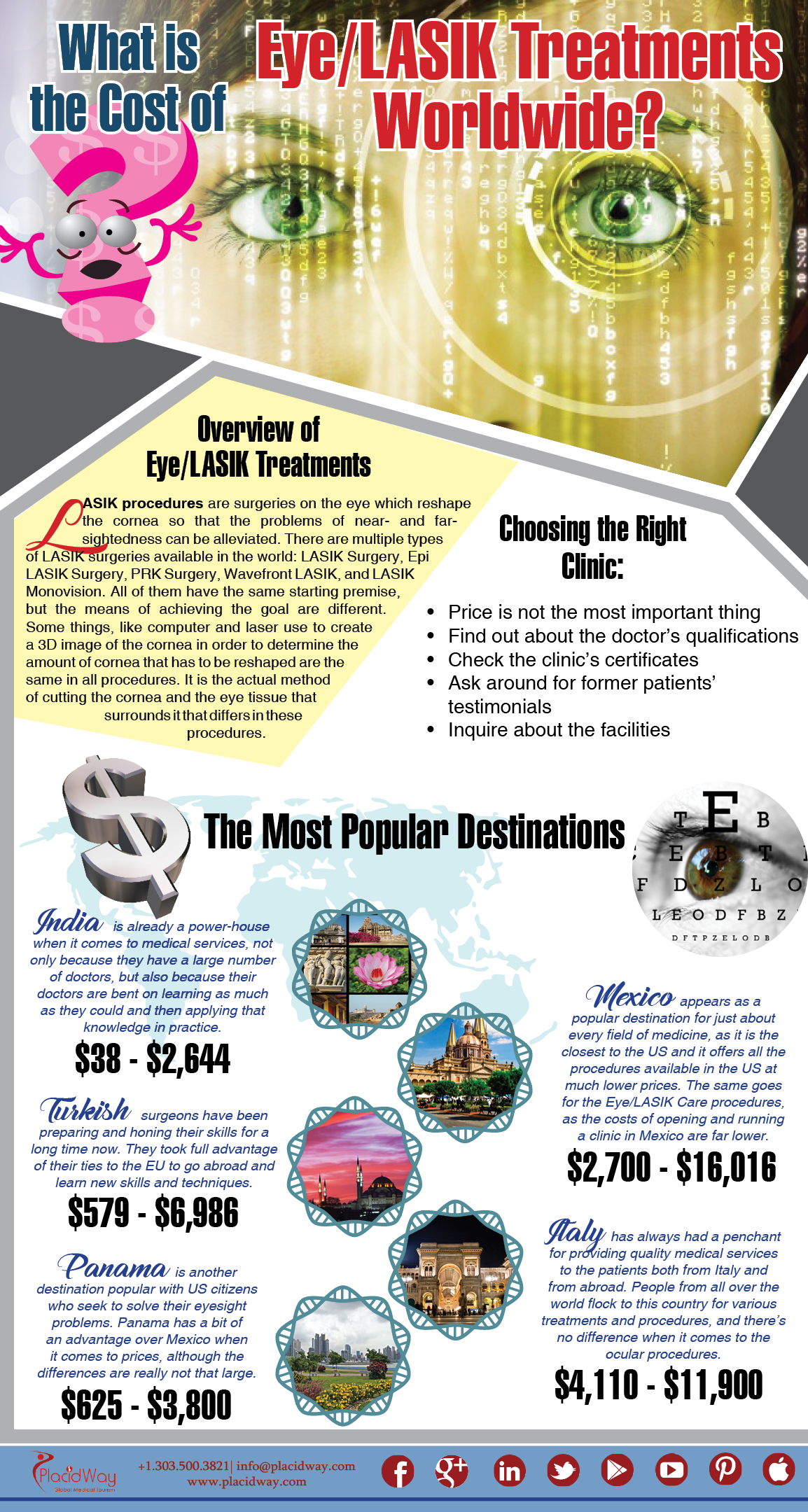Contrasting Standard Cataract Surgery To Laser-Assisted Techniques: Advantages And Disadvantages
Contrasting Standard Cataract Surgery To Laser-Assisted Techniques: Advantages And Disadvantages
Blog Article
Web Content Written By-McGraw Lynn
When contemplating the selection in between standard cataract surgical procedure and laser-assisted methods, you might find yourself considering the benefits and drawbacks each technique uses. The choice goes beyond the surface level of expense and precision, diving into the world of lasting outcomes and individual complete satisfaction. As you browse through the intricacies of these 2 techniques, it becomes important to comprehend the nuanced information that can substantially impact your visual clarity and general experience. Keep tuned to discover the important factors that will certainly guide your decision-making process in this important facet of eye treatment.
Standard Cataract Surgical Procedure Benefits And Drawbacks
When considering typical cataract surgery, you might locate that it's a reputable and widely-used technique. In this treatment, a specialist makes a little incision in the eye and utilizes ultrasound to break up the cloudy lens prior to removing it. As soon as the cataract is removed, an artificial lens is put to recover clear vision.
Among the major benefits of traditional cataract surgical treatment is its performance history of success. Lots of people have had their vision significantly boosted with this procedure. Furthermore, conventional surgical procedure is typically covered by insurance coverage, making it an extra accessible choice for numerous individuals.
Nonetheless, there are some drawbacks to traditional cataract surgical procedure too. Recovery time can be longer contrasted to newer techniques, and there's a slightly greater danger of problems such as infection or inflammation. Some clients may additionally experience astigmatism or need reading glasses post-surgery.
Laser-Assisted Techniques Advantages And Disadvantages
Discovering laser-assisted techniques for cataract surgical procedure unveils a modern approach that utilizes laser modern technology to carry out essential steps in the treatment. One of the main advantages of laser-assisted cataract surgical treatment is its precision. The laser permits extremely accurate cuts, which can lead to better aesthetic results. Additionally, using lasers can reduce the quantity of ultrasound energy needed throughout the surgical procedure, potentially reducing the threat of difficulties such as corneal damage.
On the disadvantage, laser-assisted methods can be more expensive compared to traditional methods. Continue Reading be covered by insurance policy, making it much less easily accessible to some patients.
Another factor to consider is that not all cataract surgeons are trained in laser modern technology, which could limit your choices for selecting a specialist.
Last but not least, while the laser can automate particular aspects of the procedure, the surgical procedure still needs a competent specialist to make certain effective outcomes.
Comparative Analysis of Both Methods
For an extensive understanding of cataract surgery techniques, it's necessary to carry out a comparative evaluation of both standard and laser-assisted approaches.
Standard cataract surgical procedure includes manual cuts and the use of handheld tools to break up and remove the cloudy lens.
On the other hand, laser-assisted cataract surgical procedure makes use of advanced technology to produce precise cuts and separate the cataract with laser energy prior to removing it.
In regards to precision, laser-assisted methods provide a higher level of precision contrasted to conventional approaches. Making use of lasers allows for modification of the procedure based upon each person's eye anatomy, possibly causing far better visual results.
Nonetheless, laser-assisted cataract surgical treatment tends to be much more pricey than conventional surgery, which might limit accessibility for some clients.
While both techniques are effective in restoring vision impaired by cataracts, the selection in between traditional and laser-assisted methods commonly depends on factors such as expense, precision, and individual patient needs.
Consulting with your ophthalmologist can aid establish one of the most ideal technique for your cataract surgical treatment.
Conclusion
Finally, when deciding between traditional cataract surgery and laser-assisted techniques, think about factors like cost, accuracy, and specific requirements. Traditional surgical procedure provides a tried and tested performance history and insurance protection however may include longer healing times. Laser-assisted strategies give higher precision and customization but can be more expensive and not always covered by insurance coverage. Inevitably, the choice in between the two techniques depends on what is crucial to you and your certain scenario.
